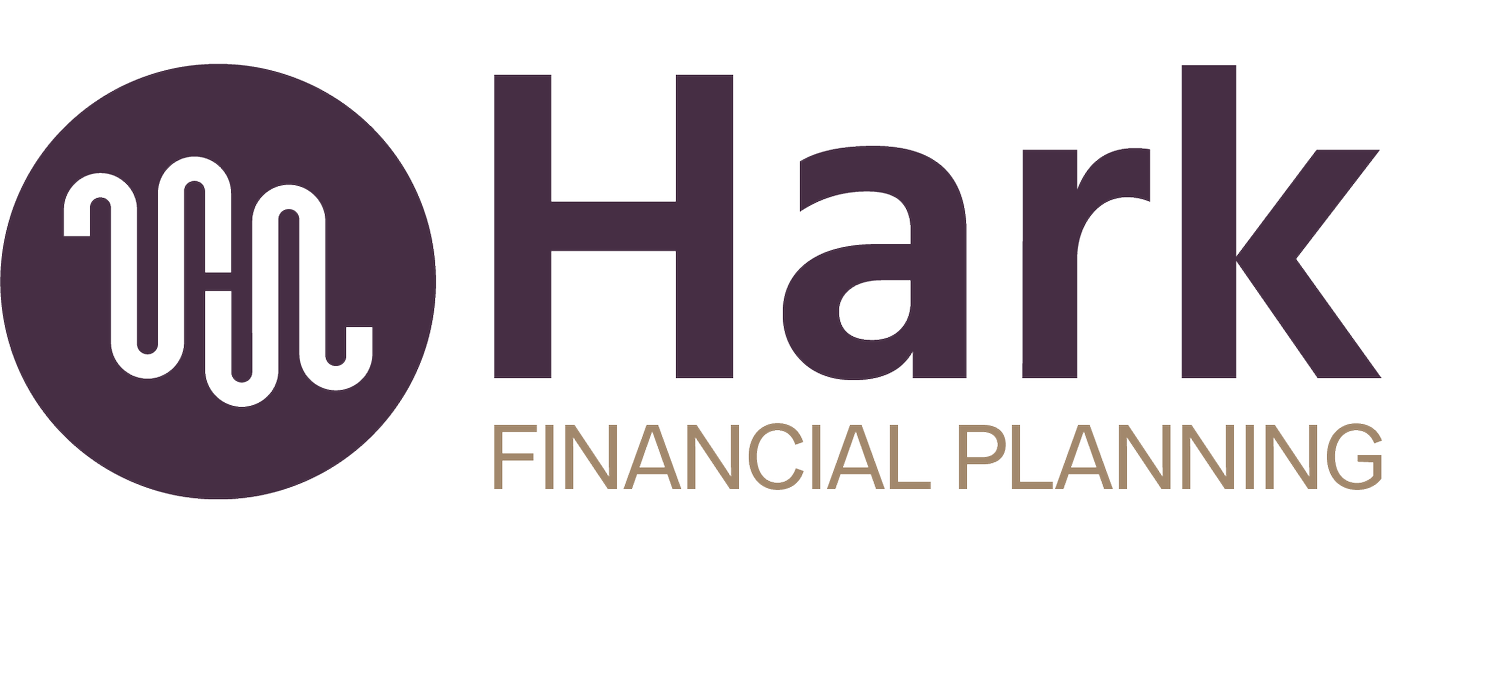Back-to-School, Back to Budgeting
Summer always goes faster than we think. One minute you're booking camp registrations and trying to coordinate childcare. The next, you're staring down school supply lists, tuition invoices, and the packed calendar of a new school year.
If you're a parent who also happens to run a business or work in a demanding profession, fall isn’t just a new season—it’s a major reset point.
So before the back-to-school whirlwind hits full speed, it’s a good time to pause, check in, and make sure your financial plan is still aligned with your goals.
Here’s how to start:
1. Revisit Your Monthly Spending
Summer tends to throw even the best budgets off course. Travel, extra childcare, activity costs—it's all part of the rhythm of the season.
Now’s the time to:
Look back at what you actually spent this summer (not what you meant to spend).
Identify what expenses will roll off (e.g., camp, travel) and what’s rolling on (e.g., tuition, after-school care).
Adjust your budget for the school year ahead—especially if your income is variable.
Pro tip: If you’re self-employed or a law firm partner, revisit your cash flow assumptions for Q3 and Q4. Are you still on track? Or do you need to tighten things up now to avoid a stressful year-end?
2. Rebuild Your Cash Cushion
If your emergency fund took a hit over the summer, you’re not alone. Whether it was a travel splurge, unexpected expenses, or uneven income, fall is a great time to start replenishing your reserves.
For high-income households, we typically recommend:
3–6 months of core expenses for salaried professionals
9–12 months for self-employed individuals or those with variable income
And don’t leave it in your checking account—park that cash in a high-yield savings account or money market fund where it’s earning something and still accessible.
3. Update Kid-Related Goals
With school back in session, now’s a natural moment to check in on any kid-related financial goals:
College savings – Are you funding your 529 plan consistently? Have you reviewed your investment allocation lately?
Private school planning – Do you have a plan for tuition this year and beyond?
Childcare costs – If these have changed, how does that affect your broader financial picture?
You don’t have to do everything at once—but having a clear roadmap helps reduce stress and avoid last-minute scrambles.
4. Prep for Year-End Taxes
Yes, we’re saying it already.
Tax season might feel far off, but fall is actually the ideal time to get ahead—especially if:
You’re self-employed and haven’t reviewed your estimated payments
You received a large distribution or bonus this year
You’re planning a major financial move (like buying a house or funding a retirement account)
A quick check-in now can help you avoid surprises in April—and possibly reduce your tax bill altogether.
5. Don’t Forget the Big Picture
Back-to-school season is full of logistics. But don’t forget to zoom out.
Are your financial goals still aligned with your current life? Have your values or priorities shifted? Do you need to adjust your plan as your kids get older—or as your business or career evolves?
The day-to-day is important. But long-term peace of mind comes from knowing your finances are moving in the right direction, even when life gets busy.
Need a Reset? Let’s Talk.
Whether you’re juggling soccer schedules, managing uneven income, or just trying to stay one step ahead—we’re here to help you build a plan that supports your family and your future.
At Hark Financial Planning, we work with busy professionals and self-employed parents to simplify complexity and create breathing room in your financial life.
If you’re ready to reset for fall, let’s connect.

